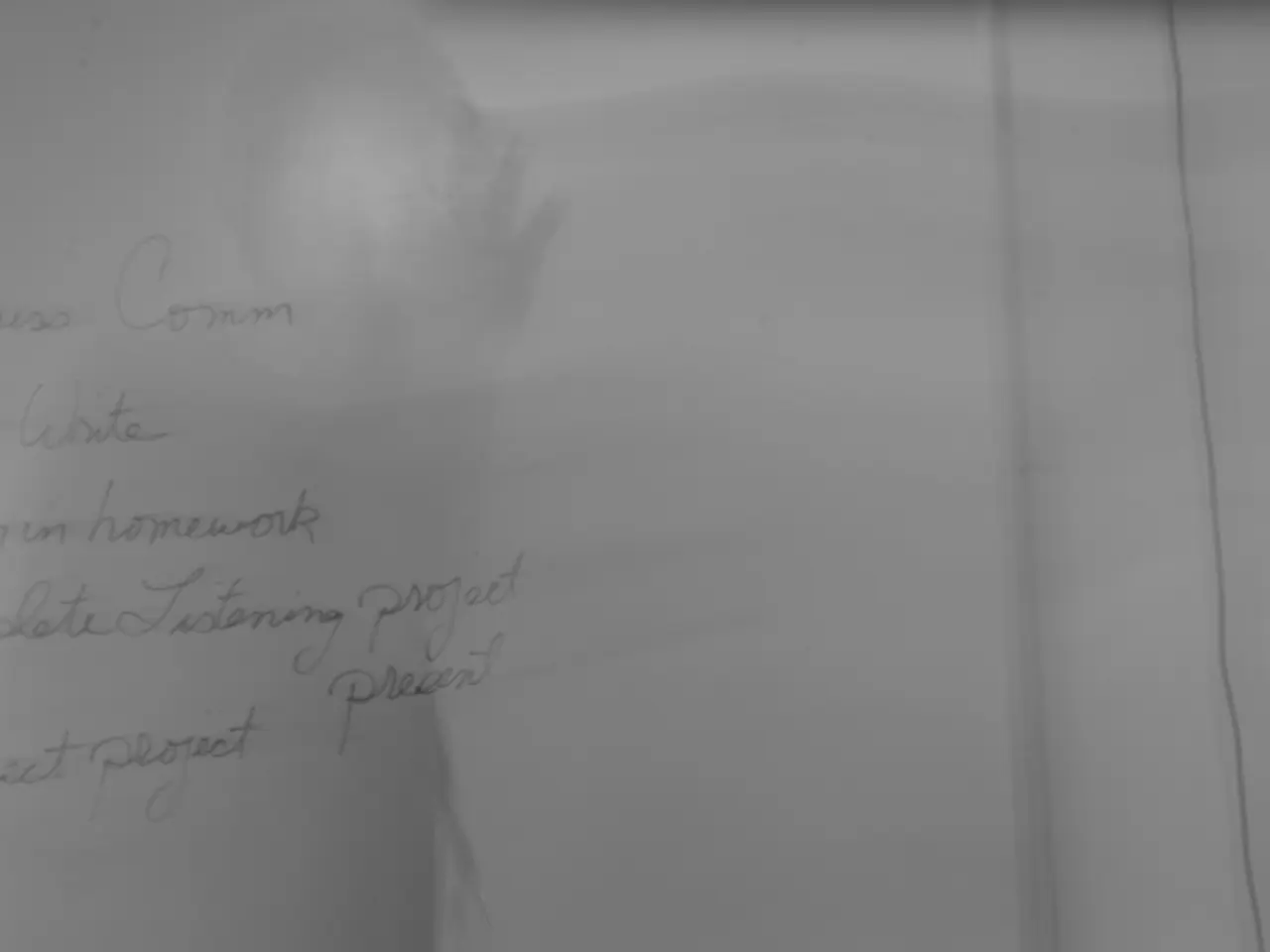Emerging Developments and Obstacles in Patent Legislation: Insights on What's to Come
The integration of artificial intelligence (AI) into the realm of patent law is profoundly reshaping the landscape of intellectual property rights. This transformation raises questions about the traditional understanding of inventorship and patentability, as AI systems increasingly contribute to groundbreaking innovations.
The Role of Patents in Fostering Innovation
In emerging industries such as biotechnology, renewable energy, and information technology, the role of patents remains vital. They provide a mechanism for companies to protect their intellectual property and incentivize research and development, thereby fostering innovation.
A Historical Perspective
The Statute of Monopolies in 1624 established the foundation for modern patent law in England, emphasizing the importance of promoting innovation while balancing public interest. Fast forward to the 19th century, the United States and various European nations began formalizing patent laws, leading to the creation of national patent offices and standardized procedures for applying and granting patents.
Adapting to the Digital Age
The rise of digital innovations, including blockchain and biotechnology, demands adaptations in patent eligibility criteria and enforcement mechanisms. The integration of technology, such as blockchain and AI tools, in patent tracking, verification, searching, and analysis can enhance the efficiency of the patenting process.
The Current Status of AI-Generated Inventions
- Eligibility for Patent Protection: AI and machine learning inventions are scrutinized under the abstract idea doctrine, which excludes abstract concepts from patent protection. The USPTO's recent guidance clarifies that AI functions, if they can be performed in a human mind, might be considered ineligible as mental processes.
- Role of AI in Inventorship: Currently, AI systems are not recognized as inventors under U.S. patent law. However, discussions about recognizing AI's role in some jurisdictions, particularly in how inventions developed using generative AI might attribute inventorship, are ongoing.
Legal Framework Adaptations
- Evolving Interpretations: The legal landscape for AI and software patents is continuously evolving. Patent offices and courts are refining their interpretations of what constitutes a patentable invention in the AI space.
- Incorporation of AI in Patent Processes: AI is transforming various stages of the patent lifecycle, including prior art searching, drafting, and litigation, enhancing the efficiency and strategic value of patent intelligence tools.
- Anticipated Changes: There is an anticipation that AI models' ability to improve themselves or handle new data could become key factors in patent evaluations. Businesses are advised to adapt their patent strategies to these potential changes.
- Global Perspectives: Different jurisdictions are grappling with how to address AI-generated inventions, with some exploring the possibility of recognizing AI's role in inventorship.
Balancing Innovation and Competition
Striking this balance involves establishing clear boundaries on patent scope, limiting patent duration, defining patentable subject matter precisely, and implementing effective licensing frameworks. Balancing innovation and competition within patent law is essential to ensure that patent protections foster creativity without stifling market competition.
Challenges and Reforms
Patent law is currently confronted with significant challenges, such as the prevalence of patent trolls, the need to balance innovation with competition, and globalization complicating patent law enforcement. Reforms in patent law aim to streamline patent processes and reduce litigation burdens, allowing for greater accessibility and efficiency within the patent system.
The uncertainty surrounding patent validity exacerbates the challenges faced by businesses, particularly startups and small enterprises, which may lack the resources to defend against such claims. Patent trolls, or non-practicing entities (NPEs), acquire patents with the sole purpose of enforcing them against alleged infringers, leading to an increase in litigation issues within the patent law landscape.
Treaties like the Paris Convention and TRIPS Agreement sought to harmonize international patent protection, facilitating cross-border innovation. The ease of access to information on the internet encourages a more informed public discourse around intellectual property rights, necessitating revisions in how patent law is applied and enforced.
In conclusion, the patent law landscape is significantly shaped by various evolving trends, such as globalization, technological advancements, and the increasing awareness of sustainability. As AI continues to revolutionize various industries, it is crucial for legal systems to adapt and evolve to adequately address the complexities of AI-generated inventions, ensuring a balanced and efficient patent system that fosters innovation while protecting the rights of genuine inventors.
[1] USPTO Guidance on Subject Matter Eligibility: Program for Covered Business Method Patents, 2014. [2] The Future of AI and IP: Navigating Patent Law Challenges, World Intellectual Property Organization, 2019. [3] AI and the Future of IP: A Roadmap for Policy Makers, European Union Intellectual Property Office, 2019. [4] AI and the Future of Patents, The Centre for Intellectual Property Policy & Management, 2019. [5] Enfish, LLC v. Microsoft Corp., 822 F.3d 1327 (Fed. Cir. 2016).
- The integration of technology, such as AI and blockchain, into patent tracking, verification, searching, and analysis can enhance the efficiency of the patenting process, especially in the digital age.
- As the AI-generated inventions are increasingly scrutinized under the abstract idea doctrine, patent offices and courts are refining their interpretations of what constitutes patentable AI inventions, ensuring a balanced and efficient patent system that fosters innovation while protecting the rights of genuine inventors.




